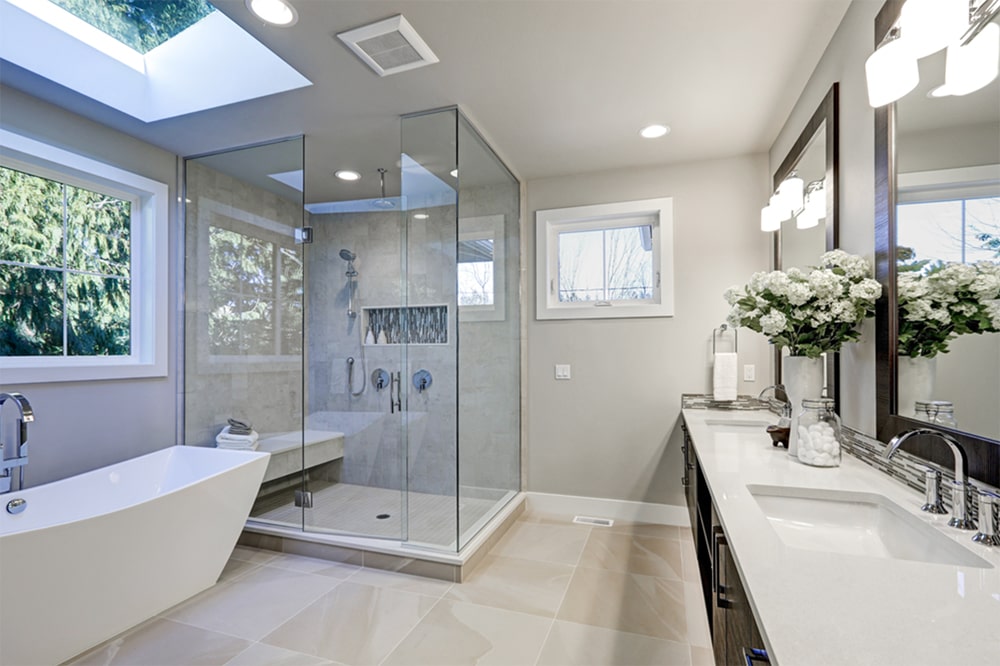Maintenance
Proper maintenance is the key to a trouble-free tile & stone floor. Damp mop weekly
Wipe down your ceramic floor with a damp mop at least once a week (or more often for heavy traffic areas) with a Hard Surfaces Flooring Cleaner. A mixture of 1 cup of white vinegar to 2 gallons of clean tap water can be used. Never use a detergent or soap, because it can dull the surface or promote the growth of mildew.
Caution: Wait at least 72 hours after installation (to allow new ceramic tile and grout to dry) before damp mopping.
Use protective mats
Good quality entry and exit mats will help protect your ceramic tile from premature wear. They trap the dirt, sand, grit, and other substances such as oil, asphalt, or driveway sealer that would otherwise be tracked onto your floor. Mats are also suggested at heavy pivot locations, such as in front of your kitchen sink or stove.
Add protective pads to furniture
Protect your tile by affixing felt or similar pads to the legs of any metal, iron, wood, or plastic furniture that will be placed on it. Exterior metal furniture, which rests on tile floors or patios, may rust and cause staining.

Use recommended sealers and cleaners only
We do not recommend cleaners other than the vinegar solution described above. They may cause unwarranted damage to your tile and/or grout.
Check cure time before adding grout sealer
Unless noted otherwise on its packaging, grout should cure for at least 28 days before applying a sealer.
Use a penetrating sealer on quarry tiles
Quarry tiles are the only tiles that need a penetrating sealer. Sealers are absorbed into the tile, forming a stain resistant shield just below the surface. Most sealers will darken or change the appearance of the tile, and resealing is usually required every 12 to 18 months.



